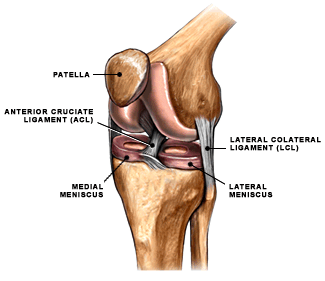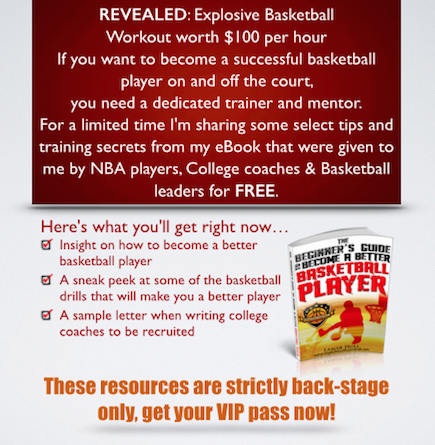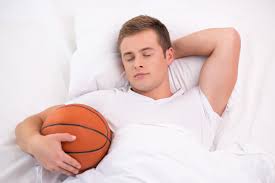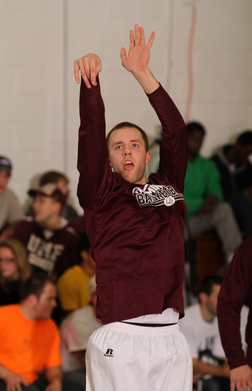
- 0
- 4.5K
- 0 likes
ACL Basketball Injury
I have always been afraid to put a lot of strain on the tendons in my knees, specifically my ACL. Thinking about Derrick Rose and his ACL injury still makes me sick to my stomach. Check out my basketball article here about Derrick Rose and his refusal to play in the NBA playoffs after being cleared by the doctors.
Anyways, I have put a lot of wear on my knees. I started playing basketball in elementary school and have been playing ever since. I’m currently 27 years old, so I would say that I have been playing basketball
for about 20 years non-stop. What I mean by non-stop is, I have played organized basketball for 20 years without taking a break (year after year). A lot of players do that, but eventually father time will catch up to you. A few weeks ago I suffered a knee injury, playing in this basketball league. It happened when I was driving to the basket and was fouled extremely hard by a opposing player. I’m still pretty upset that I got called for a charge. Anyways, I knew my knee was hurt and I was taken out of the game immediately. I couldn’t walk!
I thought after a few days I would be able to shake it off like usually, however 2 weeks later I’m still limping. I’m getting old! After going through the process of getting an MRI with Dr. Perry, the Charlotte Bobcat’s physician, he told me that I had a lot of fluid and a cyst that has accumulated around the ACL.

Basketball wasn’t an option for the next month. I had to treat the injury with ice, and had an 80% chance of playing basketball again after the month was up. The other 20% chance was what I feared the most, which was surgery. The surgery would include draining the fluid and removing the cyst from around my ACL. Because the ACL ligament is so small, having the surgery would have increased my risk of tearing it. I’m still in my grace period, so I’m hoping my knee is much better in the next few weeks.

Athletes suffer from ACL injuries quite frequently. While some of the most “famous” ACL injuries have come in the form of basketball players, there are definitely other exceptions. For instance, Tiger Woods sustained an ACL tear back in 2004. Tiger had the same issue that I’m currently going through. He opted to have surgery on the damaged ACL, and tore it shortly after coming back from the surgery. Many other athletes have had severe knee injuries during games. Recently, Shaun Livingston suffered a tear of just about every knee ligament he had in a basketball game. The worst part about it was the fact that nobody even touched him, he just landed on his legs in the wrong way. A similar thing happened this past Easter. Kevin Ware of Louisville suffered a knee injury just by landing on his feet in the wrong way. I definitely won’t show that video of Ware breaking his leg, I don’t want you throwing up on your computer screen and blaming it on me. That’s if you haven’t already seen it.
Ultimately, both required major surgery and lapses in their playing careers. The ACL is clearly a very sensitive spot in your knee, and the slightest move can cause severe damage. If you are a basketball player, it is important to take control and aim to prevent ACL injuries. You can do so by resting and icing your knees between games and practices. This helps take strain off of your knee and limits the mobility of your ACL. Stretching before and after basketball activities is also extremely important. Doing multi-joint exercises such as squats help in strengthening your knee in its’ entirety and will help to prevent ACL injuries during your games. You can also practice landing on your feet without putting too much pressure on your toes. This helps your legs get in the habit of not putting too much stress on the ACL ligament. I’m keeping my fingers crossed and praying to the man above that, hoping I’m okay and I can eventually start playing again, but I’m definitely not in a rush!








LEAVE A COMMENT